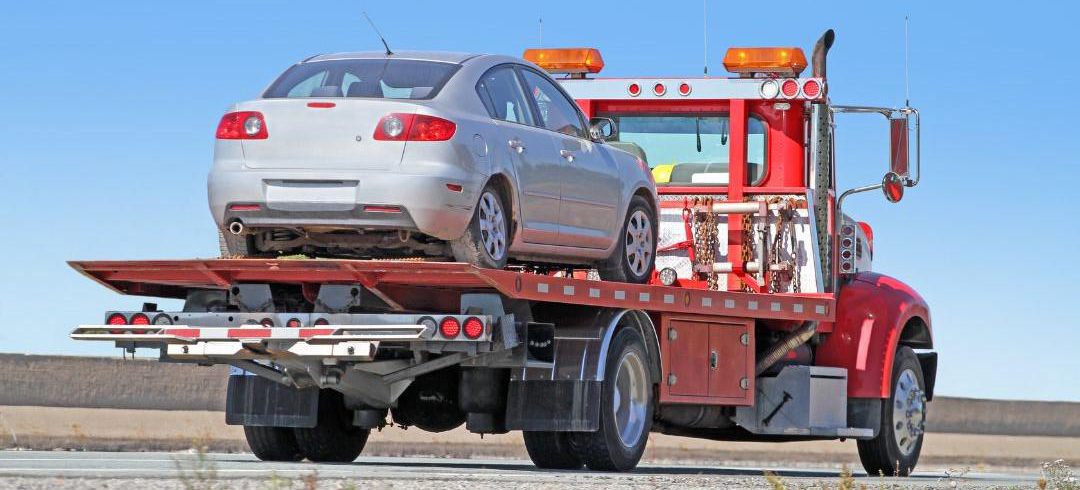
The car dealership industry is facing challenges in 2023 as the prices of both new and used cars continue to remain high. With the high prices, the level of auto loan debt has also risen by hundreds of billions of dollars. As a result, consumers with car notes are struggling to pay, and this is particularly evident among Gen Z and millennial borrowers who account for nearly $20 billion in delinquent auto loan payments.
As interest rates continue to climb, consumers are feeling the pinch, and the cost of car ownership is becoming increasingly difficult to manage. The high prices of new and used cars mean that consumers are borrowing more money to finance their purchases. Unfortunately, this has resulted in many consumers being in debt for longer periods, and some are finding it difficult to keep up with their payments.
Moreover, the cost of insurance premiums and the expense of service and repairs are also on the rise, adding further expense to car ownership. As a result, young consumers are starting to look outside the box for their transportation needs, and the car dealership industry needs to adapt to these changing trends.
One option that many young consumers are considering is shared transportation. Ride-hailing services like Uber and Lyft have become popular alternatives to car ownership, particularly in urban areas where public transportation is widely available. These services provide a more affordable and convenient option for people who don’t want to own a car or who don’t use one frequently.
Another trend that the car dealership industry needs to keep an eye on is the increasing popularity of electric vehicles (EVs). EVs are becoming more affordable, and their popularity is expected to grow rapidly in the coming years. The shift towards EVs could have significant implications for the car dealership industry as dealerships will need to adapt to the changing demands of their customers.
To remain competitive in this changing landscape, car dealerships will need to focus on providing value-added services to their customers. This could include offering financing options that are more flexible and tailored to individual needs. Dealerships could also provide service contracts or maintenance plans that could help customers manage the cost of maintaining their vehicle over the long term.
In conclusion, the car dealership industry is facing challenges in 2023 as high prices, rising debt, and changing consumer preferences continue to disrupt the industry. To remain competitive, dealerships will need to adapt to these changes by offering value-added services, exploring new transportation models, and investing in the electric vehicle market. The car dealership industry has always been an important part of the American economy, and by adapting to these changes, it can continue to thrive in the years to come.





